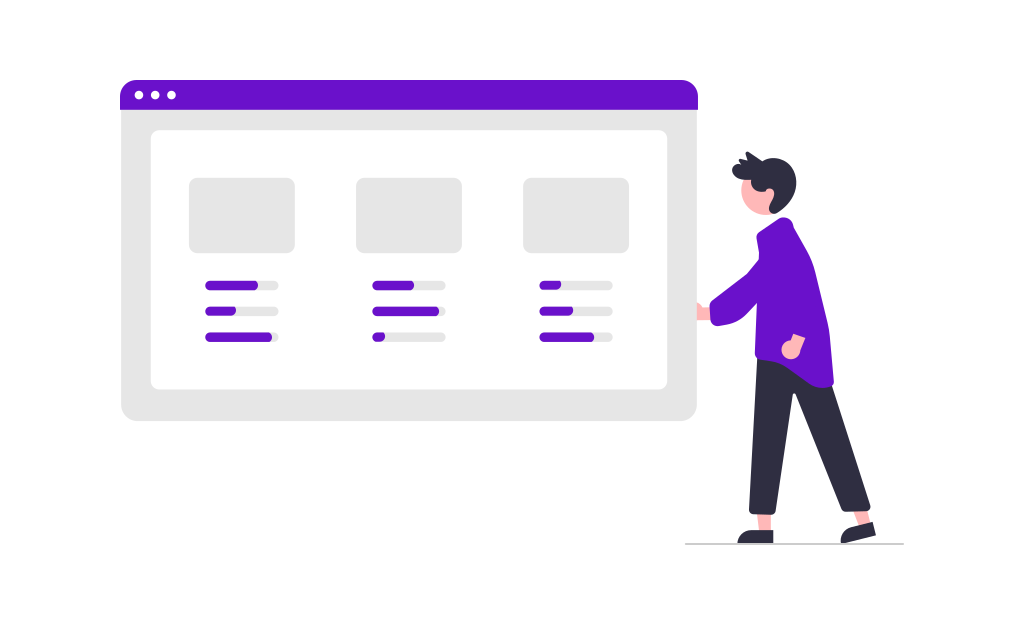Account-Based Marketing (ABM) is a strategic approach that targets high-value accounts with personalized campaigns, aiming to enhance engagement and drive revenue growth. Effective segmentation is crucial for ABM success, and technographic segmentation has emerged as a powerful method. This blog will compare technographic segmentation with other segmentation methods, such as firmographic, demographic, and psychographic segmentation, highlighting their unique benefits and challenges.
Understanding Technographic Segmentation
Technographic segmentation involves categorizing target accounts based on their technology stack, usage, and adoption patterns. This method provides insights into the software, hardware, and technology tools used by potential customers, allowing marketers to tailor their messaging and solutions more effectively.
Benefits of Technographic Segmentation
- Enhanced Targeting Precision: By understanding a prospect’s technology stack, marketers can offer solutions that integrate seamlessly with existing systems, addressing specific pain points.
- Informed Content Personalization: Technographic data enables the creation of highly relevant content, resonating with the prospect’s current technological environment.
- Competitive Advantage: Identifying competitors’ tools within target accounts can help position your product as a superior alternative, highlighting unique benefits and features.
Challenges of Technographic Segmentation
- Data Collection Complexity: Gathering accurate technographic data can be challenging, requiring advanced tools and reliable data sources.
- Constantly Evolving Landscape: Technology stacks are dynamic and change frequently, necessitating continuous updates and monitoring to maintain accurate segmentation.
Comparing with Other Segmentation Methods
1. Firmographic Segmentation
Firmographic segmentation categorizes accounts based on firm-specific attributes such as industry, company size, revenue, and location.
Benefits of Firmographic Segmentation
- Broad Applicability: Applicable across various industries and company sizes, providing a foundational understanding of target accounts.
- Simplicity and Accessibility: Firmographic data is relatively easy to obtain and analyze, making it accessible for most marketers.
Challenges of Firmographic Segmentation
- Limited Insight: While useful, firmographic data alone doesn’t provide deep insights into specific needs or challenges faced by the accounts.
- Generic Targeting: Without additional layers of data, firmographic segmentation can lead to generic and less personalized marketing efforts.
2. Demographic Segmentation
Demographic segmentation focuses on individual attributes of key decision-makers within target accounts, such as age, gender, education, and role.
Benefits of Demographic Segmentation
- Personalized Outreach: Tailoring messages based on individual characteristics can enhance relevance and engagement.
- Enhanced Lead Qualification: Understanding the demographics of decision-makers helps prioritize leads more effectively.
Challenges of Demographic Segmentation
- Privacy Concerns: Collecting and using demographic data raises privacy issues and compliance requirements.
- Incomplete Picture: Demographics alone may not provide sufficient context to fully understand account needs and preferences.
3. Psychographic Segmentation
Psychographic segmentation delves into the attitudes, values, interests, and lifestyles of decision-makers within target accounts.
Benefits of Psychographic Segmentation
- Deep Behavioral Insights: Provides a comprehensive understanding of motivations and preferences, leading to highly tailored campaigns.
- Stronger Emotional Connection: Crafting messages that resonate with values and interests can create stronger emotional bonds with prospects.
Challenges of Psychographic Segmentation
- Complex Data Collection: Gathering psychographic data is challenging and often relies on surveys and indirect inference.
- Subjectivity: Interpretations of psychographic data can be subjective, potentially leading to inaccurate segmentation.
Integrating Segmentation Methods for Optimal Results
While each segmentation method has its strengths and weaknesses, combining them can lead to a more holistic and effective ABM strategy. For instance, integrating technographic data with firmographic and psychographic insights can enhance targeting precision and personalization.
Best Practices for Integrating Segmentation Methods
- Data Enrichment: Use multiple data sources to enrich your account profiles, ensuring a comprehensive understanding of each target.
- Continuous Monitoring: Regularly update and refine segmentation criteria based on evolving data and market trends.
- Cross-Functional Collaboration: Encourage collaboration between marketing, sales, and data teams to ensure alignment and accuracy in segmentation efforts.
Conclusion
Technographic segmentation offers unique advantages in understanding and targeting accounts based on their technology usage. However, when combined with firmographic, demographic, and psychographic segmentation, it forms a robust foundation for highly effective ABM strategies. By leveraging the strengths of each method, marketers can enhance their targeting precision, personalize content more effectively, and ultimately drive better engagement and revenue growth.


